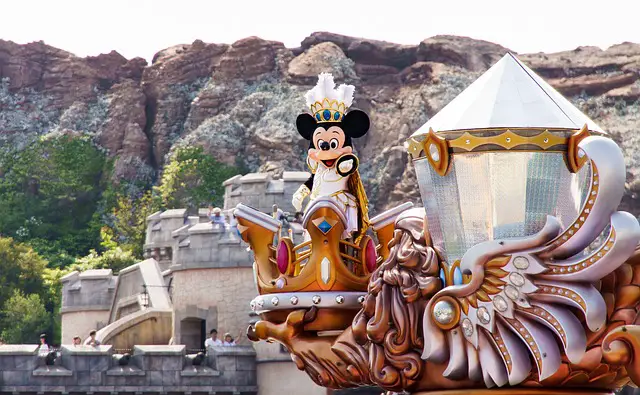The First Amendment: Protecting Freedom of Assembly, Coverage and Restrictions

The First Amendment of the United States Constitution guarantees the right of the people to peacefully assemble, affirming a fundamental pillar of democracy and civic engagement. This crucial provision ensures that individuals can gather collectively to express their beliefs, advocate for causes, and engage in public discourse without fear of government interference. The freedom of assembly encompasses a broad spectrum of activities, from peaceful protests and marches to public meetings and demonstrations, all of which play a pivotal role in shaping public opinion and influencing social change.

Page Contents
The First Amendment: Protecting Freedom of Assembly, Coverage and Restrictions
A> Coverage of Freedom of Assembly
The First Amendment’s protection of freedom of assembly extends to both spontaneous gatherings and organized protests. It safeguards the right of individuals and groups to assemble in public spaces, parks, streets, and other traditional public forums to express their views, petition the government for redress of grievances, and foster community solidarity. This right ensures that dissenting voices can be heard and societal issues can be openly debated, contributing to a vibrant democratic discourse.
B> Restrictions and Legal Interpretations
While the freedom of assembly is broadly protected, it is not absolute and may be subject to reasonable time, place, and manner restrictions imposed by government authorities. These restrictions are intended to ensure public safety, prevent disruptions, and balance competing interests in a democratic society. For example, permits may be required for large gatherings to coordinate logistics and ensure public safety measures are in place. Additionally, restrictions may be imposed to protect private property, minimize traffic disruptions, or maintain order during contentious demonstrations.
C> Legal Interpretations and Precedents
Historically, the Supreme Court has issued key rulings that define the boundaries of freedom of assembly. “NAACP v. Alabama” (1958) affirmed that the freedom to assemble peacefully is essential to the exercise of other First Amendment rights, such as freedom of speech and association. The case underscored the right of organizations to assemble confidentially and advocate for their members’ interests without undue government interference or intimidation.
Contemporary Challenges and Debates
In contemporary America, the exercise of freedom of assembly faces challenges amid evolving social, political, and technological landscapes. Debates often arise over the regulation of protests in public spaces, especially in the digital age where online platforms facilitate organizing and mobilizing large-scale demonstrations. Issues such as counter-demonstrations, law enforcement responses, and the balance between public safety and civil liberties continue to shape legal and policy discussions surrounding the freedom of assembly.

Here are two examples that illustrate the coverage and challenges of freedom of assembly under the First Amendment:
- March on Washington for Jobs and Freedom (1963): The March on Washington for Jobs and Freedom, held on August 28, 1963, is one of the most iconic demonstrations in American history. Organized by civil rights leaders including Martin Luther King Jr., the march brought together over 250,000 people from across the United States to advocate for civil and economic rights for African Americans. Participants peacefully assembled at the Lincoln Memorial, where Martin Luther King Jr. delivered his famous “I Have a Dream” speech. This historic event underscored the importance of the freedom of assembly in advancing civil rights and social justice causes.
- Women’s March (2017 and subsequent years): The Women’s March, initiated in January 2017 as a response to the inauguration of President Donald Trump, has become a recurring global movement advocating for women’s rights, racial equality, environmental justice, and other progressive causes. The marches have drawn millions of participants worldwide, assembling peacefully in cities across the United States and internationally. These marches exemplify the contemporary exercise of freedom of assembly to mobilize diverse communities, raise awareness about pressing issues, and promote solidarity among activists and supporters.
These examples demonstrate how freedom of assembly enables individuals and groups to gather peacefully, amplify their voices, and advocate for societal change, reflecting the First Amendment’s role in facilitating democratic participation and public discourse.
Conclusion
The First Amendment‘s protection of freedom of assembly stands as a cornerstone of democratic governance, ensuring that individuals and groups can peacefully assemble to express dissent, advocate for change, and participate actively in civic life. While subject to reasonable regulations aimed at maintaining public order and safety, the right to assemble remains indispensable in safeguarding democratic values and fostering a more inclusive and responsive society.
In essence, the freedom of assembly embodies the spirit of civic engagement and collective action, empowering citizens to challenge injustices, advocate for reform, and contribute to a more participatory democracy. As such, it continues to be a vital tool for citizens to exercise their rights and hold government accountable to the will of the people.






